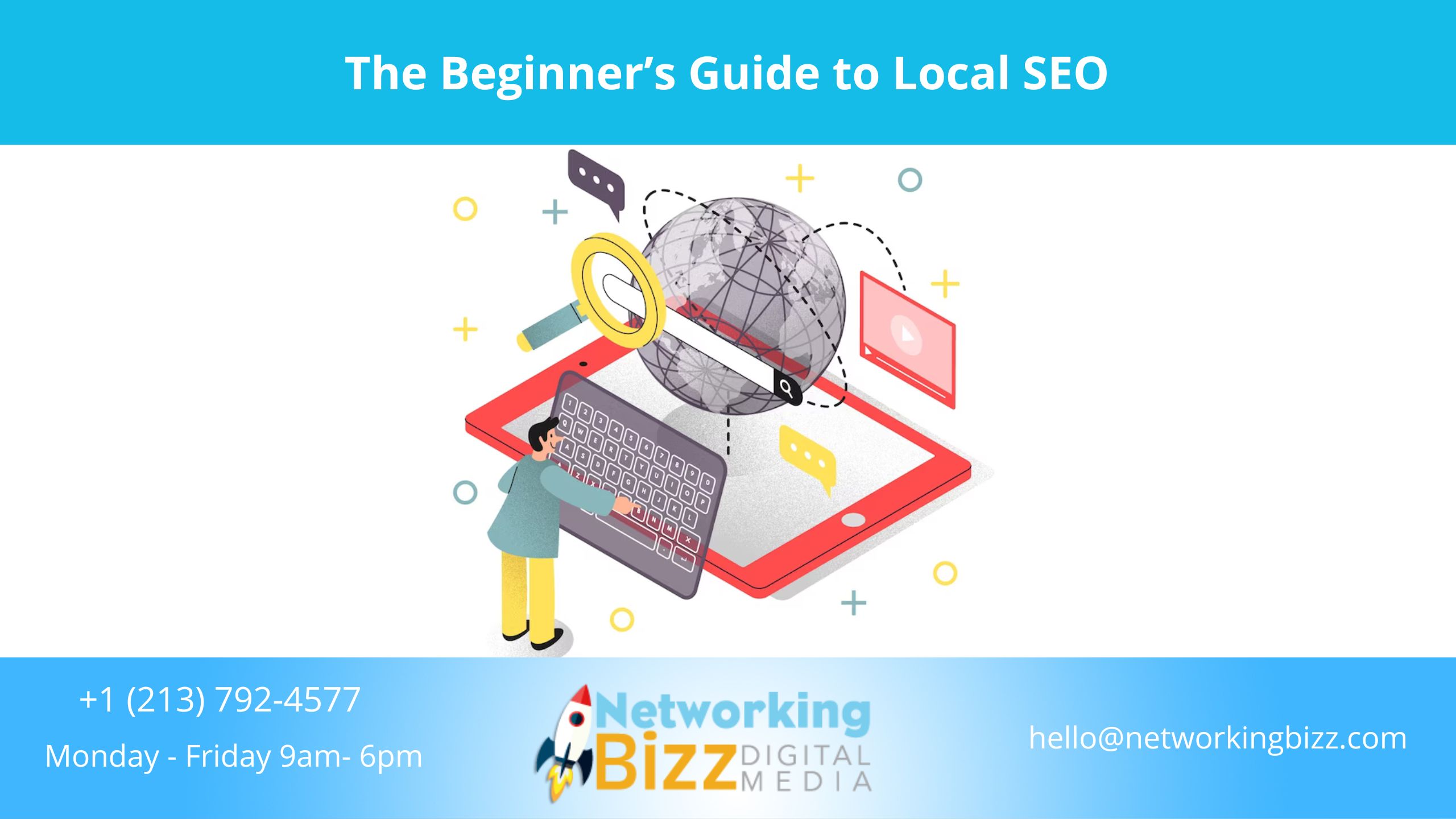What is Local SEO?
Local SEO is a strategy to help businesses gain more visibility in local search results. It helps customers easily discover, evaluate, and contact local businesses to serve their needs, while also helping businesses increase brand awareness, leads, foot traffic, and sales.
What Do Local Search Results Look Like?
The search results for local businesses look a bit different than traditional search results but not entirely.
For example, Google typically shows a “Map Pack” at the top of the results — displaying a few of the top ranked businesses. When you search “painter Chicago”, the Map Pack (in red below) is what you will see first:
Of course, to be shown in the Map Pack, your business needs to have a Google Business Profile set up already. You can learn how to do that here.
In addition to the Map Pack, you also want to optimize your business website to increase your visibility in local organic search results. These are the results that come right after the Map Pack:
Why do you want to ensure your business also appears in the organic results? Because customers may see your listing in the Map Pack, notice you have 4- or 5-star reviews, and then see your website come up in the organic results. This creates a sense of legitimacy and trust right away as searchers see your business not only in the Map Pack but also ranked highly in the results below.
You can also rank in local organic results even if your business isn’t in that physical location. So your business won’t show up in the Map Pack, but it can still appear below it — as long as your website includes local keywords and unique content for that location.
How to Get Your Business Started With Local SEO
While there are a few items in this guide to local SEO you will want to complete, the good news is you don’t have to do them all at once. Take it one at a time, then move on to the next.
1. Set Up Your Google Business Profile
As we mentioned earlier, you will want to complete a Google Business Profile. This is where you add the name, address, and phone number for your business, as well as business category, hours, website, and so on. You can also choose to publish Google Posts from your profile, which display on your business listing in local search results:
2. Perform Local Keyword Research
Keyword research is as important for local SEO as it is for traditional SEO. That being said, local keyword research is a bit easier because all you need is a short list of keywords that people use to find your nearby business.
Of course, you want to use “business + city” keywords. In addition, you want to do some research for more generic keywords related to your biz.
For example, if you do a search for “painter” in Google, you get this list of suggestions:
The top 3 suggestions are helpful, but nothing else on this list is valuable for local SEO.
However, if you do the same local search using “painter c”, you get a better list of possibilities:
Once you have some ideas you can use, you can run them through a tool like Google Keyword Planner to get data like monthly search volume, trends, and year over year change. Or you can use Keyword Planner to find new keywords using the “Start with a Website” feature.
Either way, be sure to take a look at how to do keyword research for the full process.
Then, you can apply the best keywords to your website and your Google Business Profile, where they can help you get in front of people searching with those same queries.
3. Ensure Consistent Business Information Across the Internet
Search engines, like Google, want to see that your business information — like name, address, and phone number — are the same across all websites and online properties. This helps validate and verify your business information, and helps Google rank your business higher in local search results.
Aside from your own website and Google Business Profile, check your information on business directories (Yelp, BBB, etc.) and other relevant, third-party sites. You can learn more about this approach through this article on brand SERP.
4. Get Online Reviews for Your Business – And Manage Them, Too
Another important step in our guide to local SEO is getting online reviews. Not only does this help search engines rank your business higher in local search results, but it also helps customers evaluate your business accordingly.
Once you start getting more reviews, be sure to respond to them — even the negative ones help your local SEO efforts.
5. Regularly Monitor and Adjust Your Business Results Online
Once you complete the previous steps, it’s time to keep an eye on how your business ranks in local search over time. There are a variety of SEO tools to track your position in the Map Pack as well as organic search results.
Leveraging this data, you can make adjustments if and when it becomes necessary to ensure your business retains the highest visibility for your customers.




